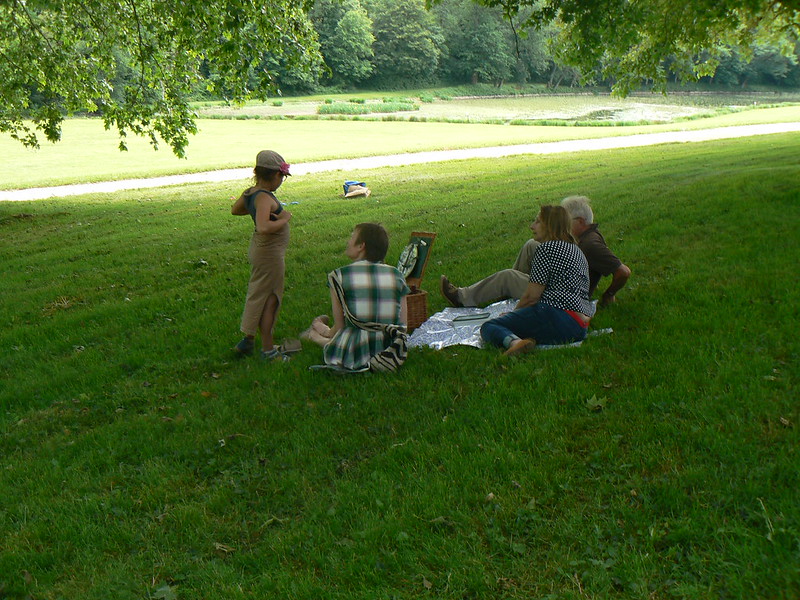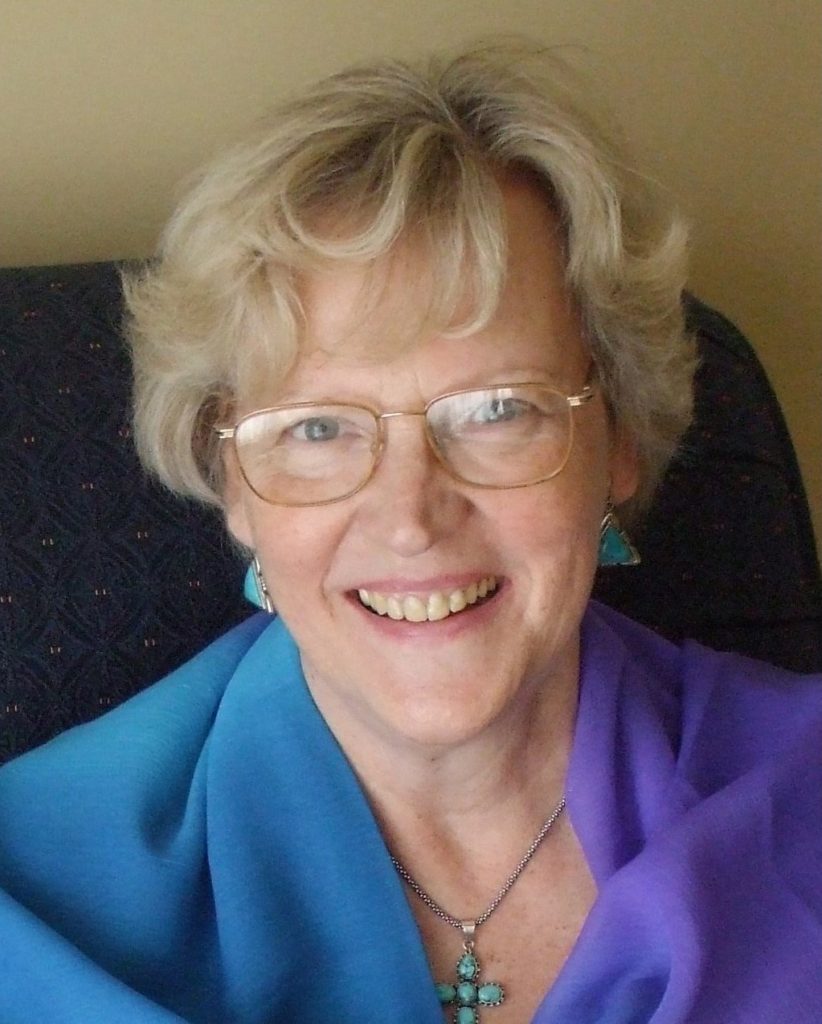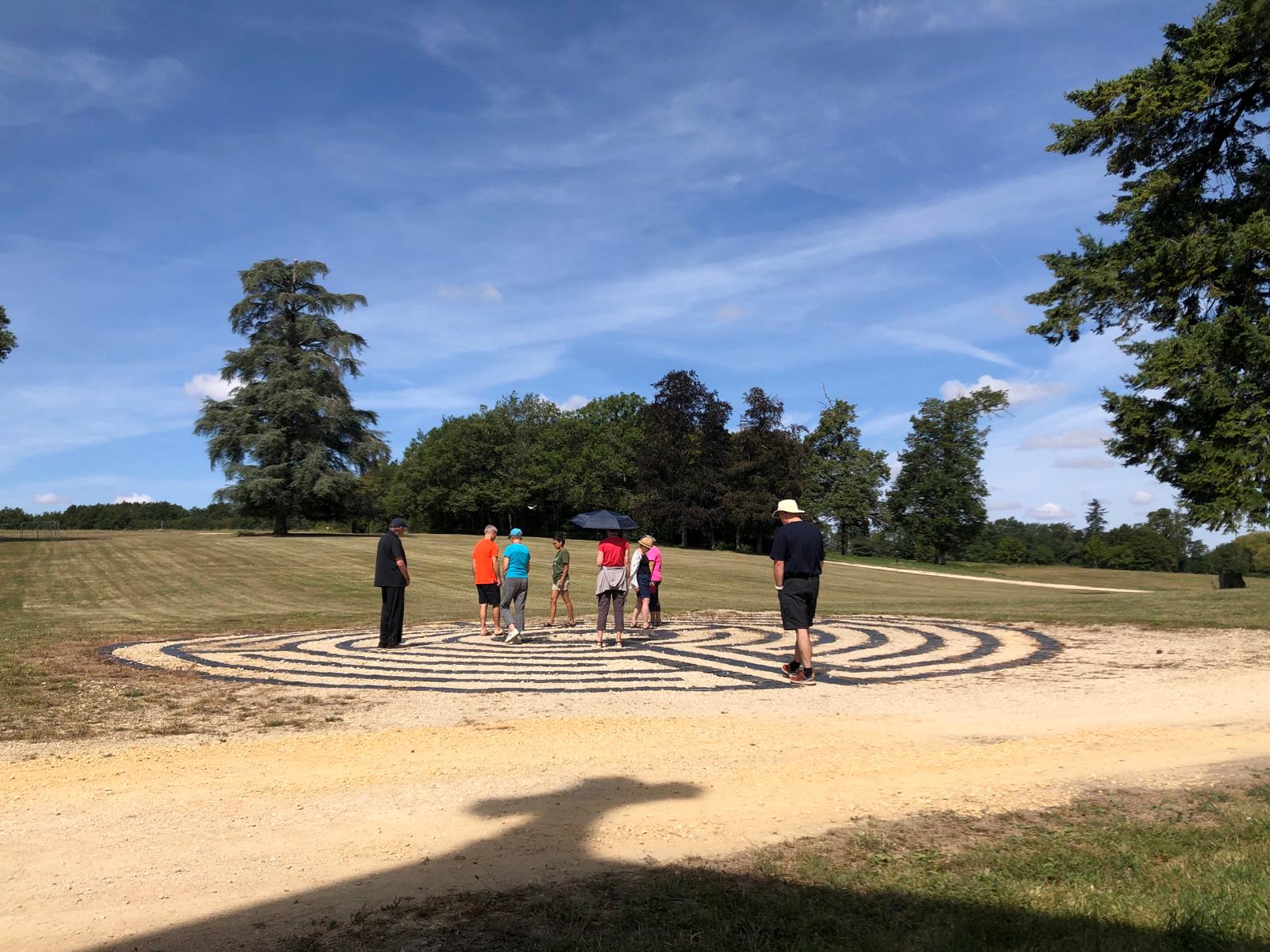Laurence Freeman stresses in Jesus the Teacher Within that “in the petitions of the Lord’s Prayer we see how all prayer touches on human relationships no less than the root-relationship with God. The prayer shows the single web of consciousness that comprises knowledge of God, self-knowledge and relationships to others.” (p.203)
This sense of a “single web of consciousness”, this total interconnectedness was lost in the 17th century with the rise of the scientific view of Descartes and Newton. Descartes was a mathematician who saw mathematical rules governing all of creation. These formed the structure to everything, not only the universe but also our bodies. Descartes had both a clear intuition of himself as a thinking being and of God as a perfect entity, influencing and enlightening his mind. Therefore his insights and the mathematical laws were divinely inspired. The problem for humanity in this view was that he saw nature as divided into the realm of the mind – ‘res cognitans’ – and the realm of matter – ‘res extensa’. He viewed the human mind as totally separate: separate from our bodies, from the rest of humanity and creation, although not from God. The only thing we could be sure about was our capacity to think – our only real proof of existence: “cogito ergo sum” (I think therefore I am), linking existence firmly with thought. In fact, we are in his view isolated observers of the rest of the visible universe, causing us to feel a sense of total separation and meaninglessness.
Rational thought ruled supreme and over the following centuries, right up to our time, the mere concept of spiritual and intuitive faculties and even the existence of God was denigrated as more and more unscientific and mocked as a primitive left-over from our past. It was considered on the whole that science could throw helpful light on religious beliefs but religion itself had nothing to offer in elucidating reality. With the result that rational thinking and intuitive intelligence were arranged on different sides of the spectrum, causing a separation between science and spirituality with damaging results for our culture and society.
But this changed at the beginning of the 20th century with the arrival on the scientific scene of Einstein and his General Relativity Theory and the Quantum Theory of Niels Bohr and Werner Heisenberg et al, who saw the universe in quite a different light. Not only did Einstein re-affirm the importance of intuition: “The intuitive mind is a sacred gift and the rational mind is a faithful servant. We have created a society that honours the servant and has forgotten the gift”, but he and his fellow scientists also totally changed our view of the Cosmos. Their view of reality is similar to the one found in the Wisdom Traditions and Religions of our world: everything in the Cosmos is of importance, interconnected and interdependent. It is a constant creative dance of energy and consciousness, with everything affecting everything else in a transformative way. All of humanity is integrally and actively involved in this cosmic dance and thus intrinsically connected with and co-responsible for the rest of creation – we are no longer isolated objects. This worldview makes us profoundly aware that we too have a deep significance and meaning.
As you can see, cosmologists and theoretical physicists and theologians and mystics really have grown closer together in their ideas. Scientists talk about four fields that underpin all that occurs in the Universe and they postulate that before anything existed, before the Big Bang, before the creation of our Universe, these four fields came out of one, now called Inflaton field, a vast underlying ocean of energy – empty of objects but full of creative potential. The theologians and mystics too talk about everything being One in and beyond the material Universe, a vast emptiness that is fullness, that is the ‘Ground of Being’, the Source of all.
Scientists and Cosmologists search for the Unity of all in a theoretical, mental way by starting with known facts and observations of the research of earlier thinkers and scientists and then building on or refuting previous knowledge. Theologians and Mystics use Scripture, exegesis, prayerful reflections to understand what they believe about the Oneness of Divine Reality but then verify these beliefs in a personal, intuitive experience of prayer and meditation. Both use different languages and methods to perhaps arrive at the same Ultimate Reality – different facets from the same Diamond? But most importantly, both also ‘know, that they don’t know’. It still is all a mystery.
Image: Neighbor’s Day in Bonnevaux (Fête des voisins)







